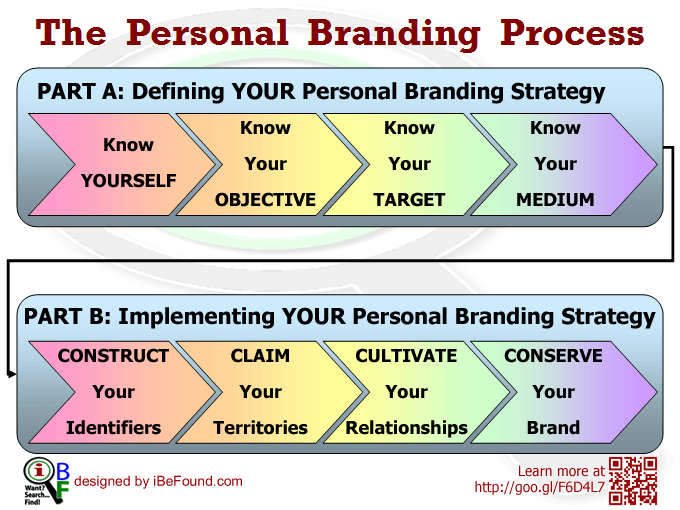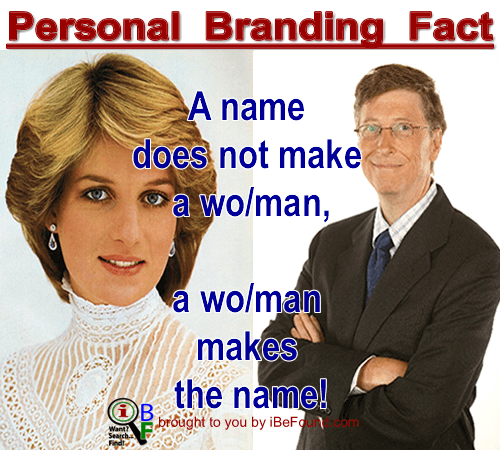- Tap for Menu
- Website Design ▼
- » Custom Website Design
- » Why Love Marketing Websites
- » Explore Website Features
- » Web Hosting Options
- » Website Design Process
- » Website Maintenance
- » Payment Options
- » Compare Website Options
- » Questions & Objections
- Portfolio ▼
- » ALL Website Examples
- » By WEBSITE TYPE ►
- » » 1PAGE Biz
- » » INTRO Biz
- » » BASIC Biz
- » » STANDARD Biz
- » » eCOM Sites
- » By BIZ NICHE ►
- » » Hospitality
- » » Product Sellers
- » » Professions
- » » Skilled Trades
- Testimonials
- Learning Center
- About ▼
- » Who We Are
- » Contact Us
How to IMPLEMENT YOUR Personal Branding Strategy
- Navigation
- Website Design ▼
- » Custom Website Design
- » Why Love Marketing Websites
- » Explore Website Features
- » Web Hosting Options
- » Website Design Process
- » Website Maintenance
- » Payment Options
- » Compare Website Options
- » Questions & Objections
- Portfolio ▼
- » ALL Website Examples
- » By WEBSITE TYPE ►
- » » 1PAGE Biz
- » » INTRO Biz
- » » BASIC Biz
- » » STANDARD Biz
- » » eCOM Sites
- » By BIZ NICHE ►
- » » Hospitality
- » » Product Sellers
- » » Professions
- » » Skilled Trades
- Testimonials
- Learning Center
- About ▼
- » Who We Are
- » Contact Us
The Personal Branding Process
Recall the 2-part system that makes up the personal branding process:
Implementing YOUR Personal Branding Strategy
In a previous article, we covered the steps to take in Defining YOUR Personal Branding Strategy. In following those steps, you would have figured out your UVP, your current branding objective, your target audience and you would have decided on which media (online and/or offline) you will be using to build your personal brand.
Now, we want to examine the steps involved in part B of the 2-part personal branding process.
STEP #1: Construct Your Identifiers
[Create your brand identity.]
Sometime soon after birth you were given a name as a means of identifying you and distinguishing you from others. Within a VERY small context (i.e. your immediate family), your name may be enough to uphold it’s purpose.
However, if you carry the same name as one of your parents then other methods are used to differentiate you from them. Perhaps something like John Smith Sr. and John Smith Jr. Or maybe, in casual circles, one is called John while the other is called Johnny.
As the size of a person’s network increases, they are more and more likely to meet someone having their first and last names. This is very evident in today’s global village. The name John Smith returns over 5 Million search results in Google and, contrary to popular belief, it is NOT the most popular name combination in the United States.
If you happen to have the same name as someone very famous like Michael Jordan, you’re in real trouble. A search for this name gives over 11 Million results and the majority of them refer to one man.
In comes the use of middle names as a differentiator. Today, this is still not good enough. The name John Michael Smith returns over 1.75 Million results while John Peter Smith returns 169,000 results in Google.
So, we take to finding ways to “unique-ify” our names…
The point is this… the branding of names like Oprah (last name not needed) and Lance Amstrong into our minds takes place AFTER our experience with their brand.
YOUR personal brand identifiers are those components that will EVENTUALLY become synonymous with your personal brand.
Personal brand identifiers include, but are not limited to:
- your desired name (legal name, stage name, pen name)
- your personal logo (your choice of typeface, colors, etc.)
- picture of yourself (photo or caricature)
- your UVP (unique value proposition)
- your physical appearance (think Dolly Parton, Einstein)
- your style (think Marilyn Monroe)
In this step, decide what YOUR brand identifiers are and begin assembling them.
STEP #2: Claim Your Territories
[Secure what is your own.]
Online Territories: secure your domain name and username for the various social networks.
Go to Knowem.com and use their search tool see if your desired name is available. Purchase your domain name and claim your name on as many of the social networks as possible. Remember, you’re NOT going to try to be active on all those social networks.
As Megan Auman said, you want to start by focusing on just one social network, but…
- Claim your business name (or your name) on all the others, because it’s important for your digital real estate. But then just add your pic and profile and let them chill.
Ideally, you will want to have your own website WITH a blog included in addition to an ACTIVE presence in to one or more social networks. [See also the article “Do You Still Need To Have A Website If You Are On Facebook (or other social media)“]
If you have not done so yet, create an account with Gravatar. Find out why and how in the video below…
Offline Territories: your choice of which of these you should use may depend on your branding objective, whether you have an entrepreneurial mindset or an employee mindset, and your field of interest:
- business card
- portfolio
- cover letter
- resume
Personal Branding Coach, Jill Celeste offers these suggestions for Offline Activities to Grow Your Personal Brand:
- Have a personal brand-friendly business card.
- Memorize your elevator speech.
- Create a friendly voicemail message.
- Attend networking meetings and events.
- Find speaking engagements.
- Send letters and cards to your contacts.
STEP #3: Cultivate Your Relationships
[Be knowable, likeable and trustworthy.]
In the article, In Personal Branding, Relationships Are Key, Nick Nanton states:
- As you know, personal branding is all about building credibility, visibility, and establishing yourself as an expert in your field. But there is another element of personal branding which is often overlooked, and that is relationships.
In fact, I would go as far as to say that personal branding that doesn’t create and nurture relationships is almost useless.
Yes! No matter your objective for branding yourself, it involves other people. Brands are forged in people’s hearts and minds. You have to plant seeds of interest in others so that they become aware of you and your personal brand promise. Then you keep watering these seeds by nurturing your relationships and living up to your brand promise.
In time, the seeds of your personal brand will become firmly entrenched in the fertile minds of your target audience and you will begin to reap the fruits of your labor of love.
STEP #4: Conserve Your Brand
[Safeguard your branding investment.]
The guys over at Celebrity Branding Agency wrote an interesting article, Personal Branding: Protecting Your Brand, which has this to say:
- Sometimes a person’s personal brand is the most valuable asset that they possess. It’s what makes customers choose to do business with them as opposed to their competition.
The following presentation highlights some of the problem that can arise if you do not monitor and protect your personal brand.
Obviously you do not want all your hard work in building up your personal brand to go down the drain. So, it is vital that you take steps to protect it.
Neil Patel and Aron Aguis, authors of The Complete Guide to Building Your Personal Brand, offer these suggestions in Chapter Seven: How to Monitor your Brand…
- Control your personal brand in the search results through Google authorship.
- Separate your name from others that share your name.
- Keep your website and social profiles up-to-dated.
Now that we’ve gone over the four steps involved in implementing your personal branding strategy, you should be well equipped to put them into action.
In the Meantime…
The following resources might help further clarify some of the points discussed above:
- Avatars: To Protect and Serve Your Online Personal Brand
- How to Protect Your Personal Brand Name on Google
- The top 10 secrets to mastering your personal brand
Also, check out our “Personal Side of Business Branding” board on Pinterest for some more insights.
Follow iBeFound International Ltd's board Personal Side of Business Branding on Pinterest.
Time for YOUR input
- How unique is your name?
- What are you doing to build and protect your personal brand?
- Business Owners: If you have NOT yet claimed your domain name, why not?
Start the Conversation with a Consultation Request!
Check Out NZ Locations We Serve
Auckland Bay of Plenty Canterbury Gisborne Hawke's Bay Manawatu-Wanganui Marlborough Nelson Northland Otago Southland Taranaki Tasman Waikato Wellington West Coast See Recent Website Design Projects
© 2014 - 2025 iBeFound Digital Marketing,
a subsidiary of iBeFound International Ltd
PO Box 321, Hāwera 4640
021 227 9922





